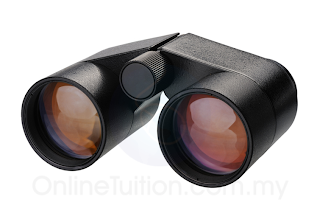07 Rate of Reaction
8.2.1 Composition of Glass and Their Uses
Glass
Glass and Ceramics
- The most important component of glass and ceramics is silica ( silicon(IV) dioxide, SiO2).
- Both glass and ceramic have the following properties:
- Hard and brittle
- Do not conduct heat electricity
- Inactive towards chemical reactions
- Weak when pressure is applied
- Can be cleaned easily
Glass
- It is a mixture of two or more types of metallic silicates but the main component is silicon(IV) dioxide.
- Glass has the following properties:
- Transparent and not porous
- Inactive chemically
- Can be cleaned easily
- Good insulators of heat and electricity
- Hard but brittle
- Can withstand compression but not pressure
Soda Lime Glass
Produced by heating a mixture of silicon dioxide (sand) with calcium carbonate (lime) and sodium carbonate.
Composition: SiO2 – 70%, Na2O – 15%, CaO – 10%, Others – 4%
Properties:
- Low melting point (700°C)
- Moldable into shapes
- Cheap
- Breakable
- Can withstand high heat
Uses: Glass containers, Glass panes, Mirrors, Lamps and bulbs, Plates and bowls Bottles
Lead Glass (Crystal)
Produced by heating a mixture of silicon dioxide (sand) with lead oxide and potash.
Composition: SiO2 – 70%, Na2O – 20%, PbO – 10%
Properties:
- High density and refractive index
- Glittering surface
- Soft
- Low melting point (600°C)
Uses: Containers for drinks and fruit, Decorative glass and lamps, Crystal glassware, Lenses for spectacles
Borosilicate Glass
Fused Silica Glass
Produced by heating Silicon Tetra Chloride at high temperature with the presence of oxygen.
Composition: SiO2 – 99%, Other – 1%
Properties:
- High melting point (1700°C)
- Expensive
- Allows ultraviolet light to pass through
- Difficult to melt or mould into shape
Uses: Scientific apparatus like lenses on, spectrometer, Optical lenses, Laboratory apparatus




